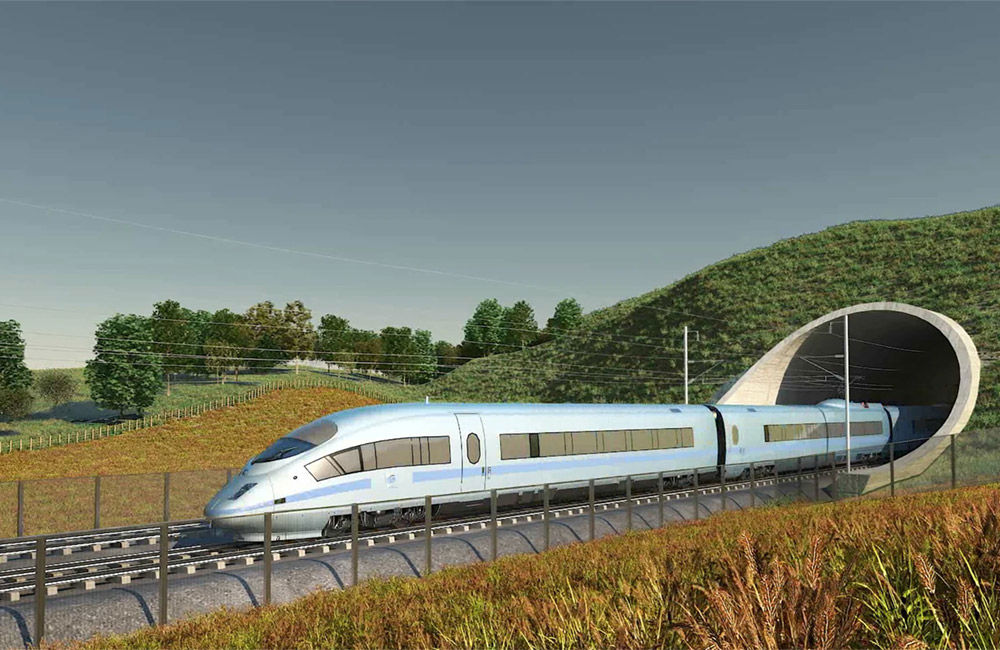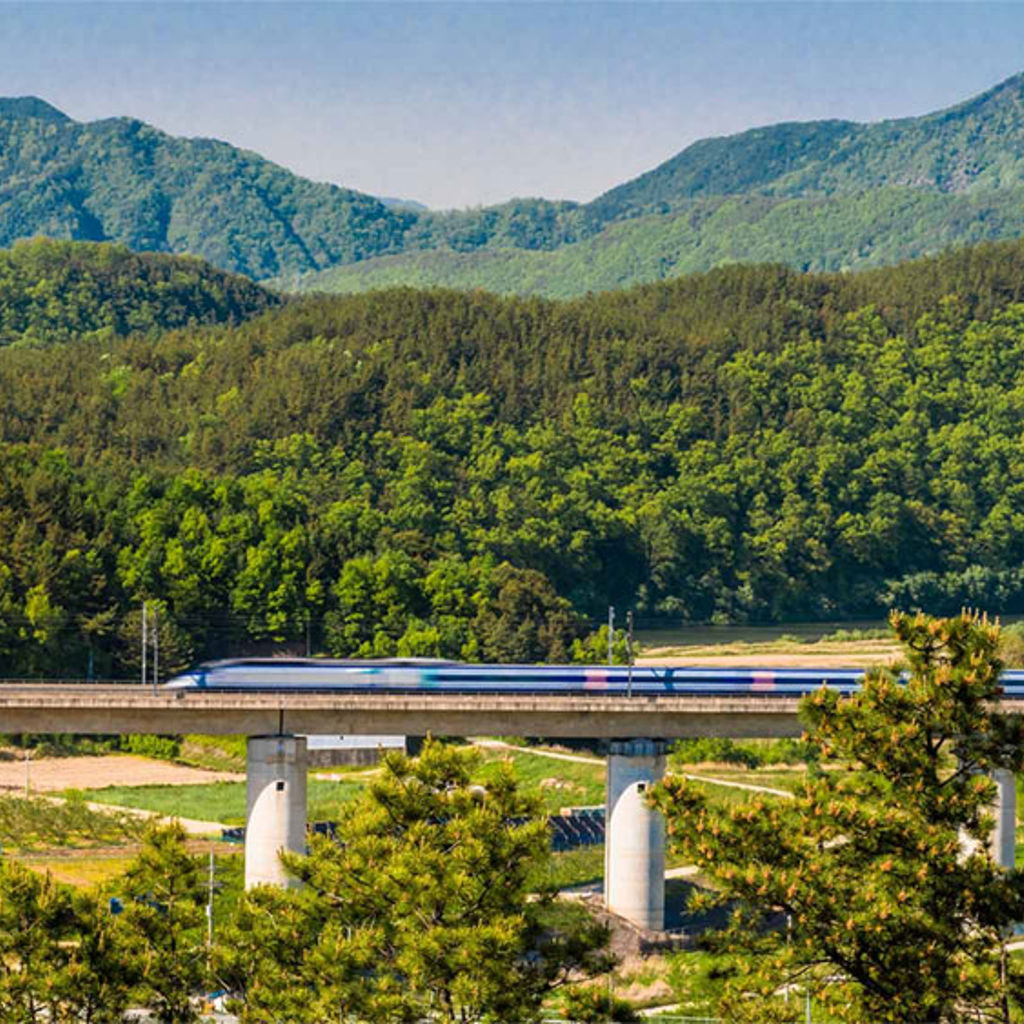High speed and intercity rail scheme development, case making and funding
By bringing distant communities closer together, high-speed rail, when linked with the wider transport systems, enables seamless connections, regional regeneration and improved economic opportunity.
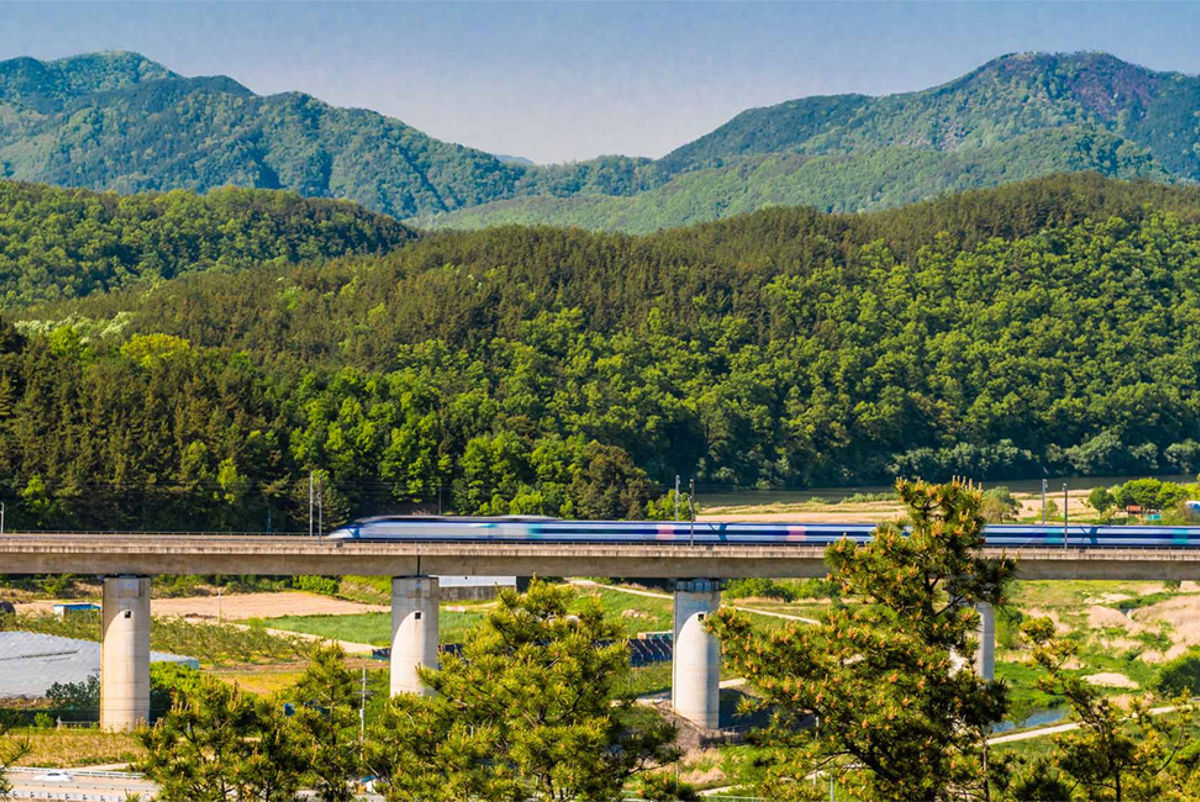
As a key component of a low carbon, integrated transport system, high-speed rail is a long-term investment in a net zero future.
Our expert team of planners, economists, engineers and designers helps clients to assess their current transport networks against existing policy objectives, to develop an integrated strategy so that a planned high-speed rail scheme can deliver real value for communities and create improved economic opportunities.
We work with clients to develop feasibility studies and build the business case for investment to enable projects to transition from vision to reality. As part of this, we take a forensic approach to rail corridor and station planning, considering all options and trades-off from a costs and benefits perspective for the whole-life of the railway. We draw on our advanced digital modelling to align the project with a country’s economic, social and environmental goals.
By combining future demand, revenue and performance forecasting with the wider economics of rail, our expert advisors support clients to develop the right route alignment options, together with a combination of other key levers, to enable the best whole-life return from a railway.
Our finance and economic experts also work with clients to explore a range of public and private financing models for rail schemes in an increasingly complex market context.
Since it opened in 2003, High Speed 1 (HS1, formerly the Channel Tunnel Rail Link) has carried more than 200 million passengers across the Channel, established new links between Kent and London via the East Thames Corridor and, along the way, helped to spark regeneration across its route.
Arup's involvement began in 1989 when we challenged the then proposed route which was to run through South London. The Arup approach was driven by a simple question: how to make the line as useful as possible, picturing a train service that worked well for commuters, local residents, and freight, as well as international travellers.
To build the support required for such a significant new line, local consultation was vital and extensive. With that in progress, we identified unused land in King’s Cross, St Pancras, Stratford, Ebbsfleet and Ashford, connecting them with a route alignment that managed to avoid areas of outstanding natural beauty.
The approach we adopted has since been vindicated. It is estimated that High Speed 1 brings economic benefits of over £400m per year, and has been a catalyst for £8bn worth of development.
Insights
Explore our latest thinking on high speed rail
Get in touch with our team
Explore
Learn more abou how our services can support your project
Projects
Explore more rail projects:
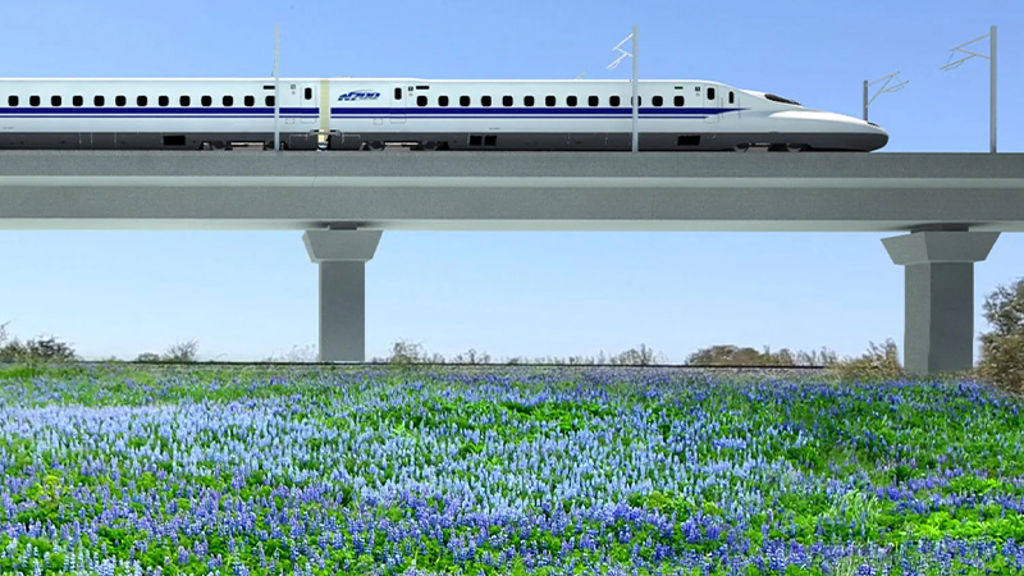
Establishing the alignment for a high-speed train between Dallas and Houston
Texas Central High-Speed Train, United States of America
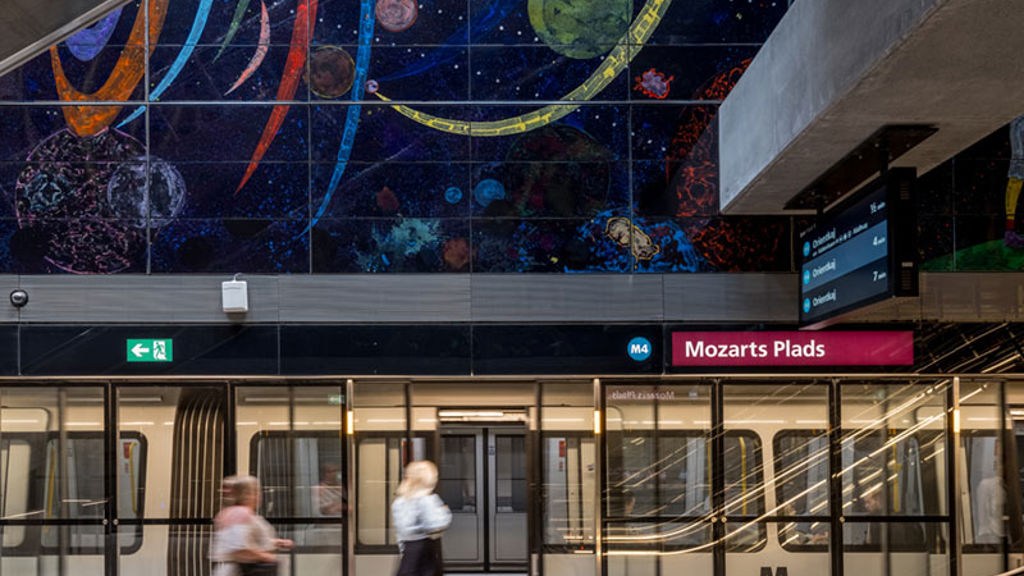
Realising a low-emission, efficient public transit vision for the Danish capital
Copenhagen Metro, Denmark

An ambitious station modernization program for New York’s subway system
MTA Enhanced Station Initiative, United States of America

Managing and supporting the delivery of sustainability services for California’s high-speed rail system
California High-Speed Rail Systemwide Sustainability Program, United States of America
High speed and intercity rail
We support governments, asset owners and rail operators across every facet of a scheme’s development. Our approach is to maximise the economic, social and environmental benefits.
